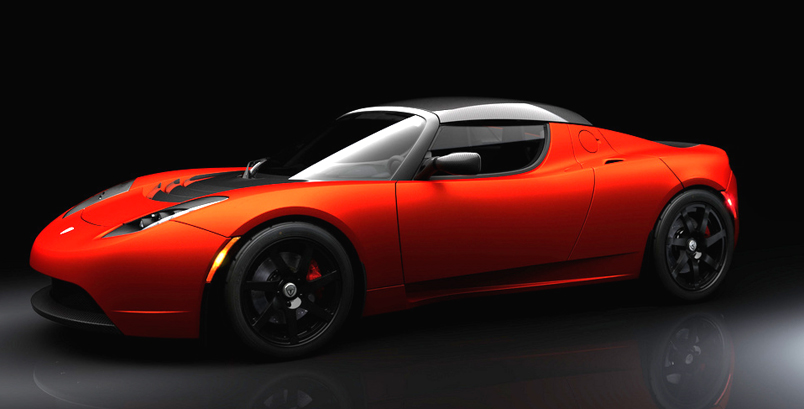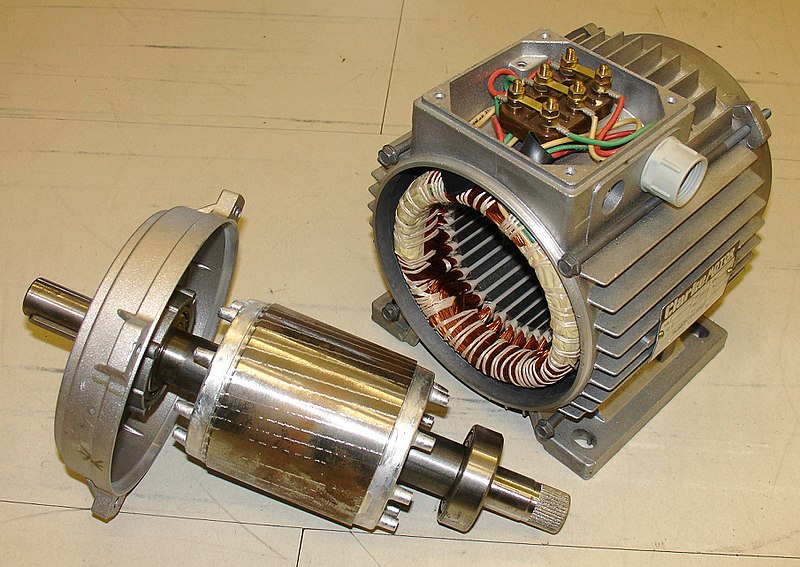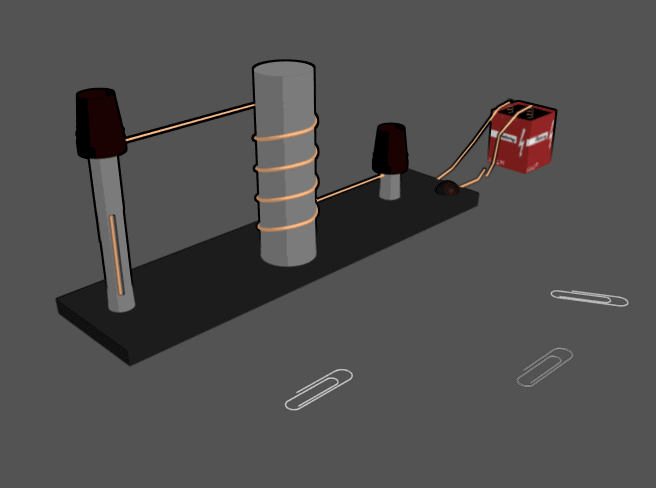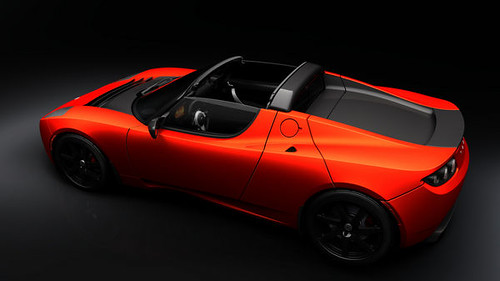Tesla is drawing sales of the Tesla Roadster to a close in 2012, primarily to focus on their more subdued and affordable Model S. As of September 30, 2011, Tesla had sold more than 2,000 Roadsters worldwide and the car maker announced it intends to sell a total of 2,500 units before it discontinues the model in early 2012. The latest model punched out 295 lbs-ft of torque and 288 horsepower. The instant torque, electric motor pushes the Roadster to 60 mph in 3.7 seconds. The EPA reports 245 miles per charge, giving it the longest range of a production electric vehicle ever. The world distance record of 311 miles was set by a Roadster on October 27, 2009, during the Global Green Challenge in outback Australia, in which it averaged a speed of 25 mph. At $109,000, the vehicle is really a steal for performance, groundbreaking technology, and rarity.
Elon Musk’s goal from day one has been to provide a “Model T” electric vehicle, an affordable $30,000 electric car with optimal range and performance. However, as an upstart company without the economy of scale that Ford or GM are endowed with, Tesla produced a premium performance electric vehicle. Now that the company is one step closer with the Model S, they are stepping away from the successful sports car model. So is it a wise move? Maybe a couple years ago, but now that the major manufacturers are entering the electric vehicle segment (Mitsubishi iMiev, Nissan Leaf) and offering plug in hybrids (Chevy Volt, Toyota Prius Plug-in). Can Tesla successfully sell a sedan while the majors are doing the same with their insurmountable resources and capital? It is going to be tough without the unique electric vehicle fanfare that the Tesla Roadster once had.
Here is a warm and fuzzy Tesla Roadster video to send it off:
Thrill from Tesla Motors on Vimeo.





